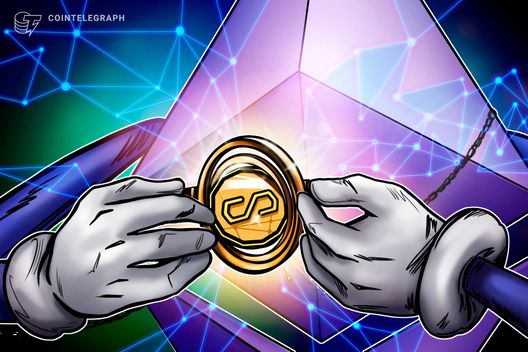
A new stablecoin called USDm has been launched, setting itself apart from other stablecoins by its unique approach to supporting the Ethereum network. USDm is a stablecoin built with Ethena and is backed by tokenized treasuries. However, what makes USDm stand out is its innovative use of the yield generated from these tokenized treasuries.
Unlike traditional stablecoins that simply aim to maintain a stable value, USDm has a specific purpose for the yield it generates. The project has announced that it will use the yield from the tokenized treasuries to subsidize Ethereum sequencer fees.
Ethereum sequencer fees have been a point of concern for many users of the network, especially during times of high congestion when fees can spike dramatically. By subsidizing these fees, USDm aims to make the Ethereum network more accessible and affordable for users, ultimately improving the overall user experience.
This move not only benefits users of the Ethereum network but also showcases the potential for stablecoins to have a positive impact beyond just providing price stability. By actively contributing to the functioning of the Ethereum network, USDm is demonstrating a commitment to supporting the broader crypto ecosystem.
The decision to use the yield from tokenized treasuries to subsidize Ethereum sequencer fees reflects a strategic and forward-thinking approach by the team behind USDm. It highlights their understanding of the challenges faced by users of decentralized platforms and their willingness to actively address these challenges.
Additionally, this initiative could potentially attract more users to the USDm stablecoin, as it offers a unique value proposition compared to other stablecoins in the market. Users who are looking to transact on the Ethereum network may find the subsidized sequencer fees provided by USDm to be a compelling reason to choose this stablecoin over others.
Overall, the launch of USDm and its commitment to subsidizing Ethereum sequencer fees marks an important development in the stablecoin space. It demonstrates a new way in which stablecoins can add value to the broader crypto ecosystem and highlights the potential for stablecoins to play a more active role in supporting decentralized platforms.
As the crypto industry continues to evolve, initiatives like USDm's subsidy of Ethereum sequencer fees could pave the way for further innovations in the stablecoin space and contribute to a more user-friendly and accessible decentralized financial ecosystem.

Leave a Reply